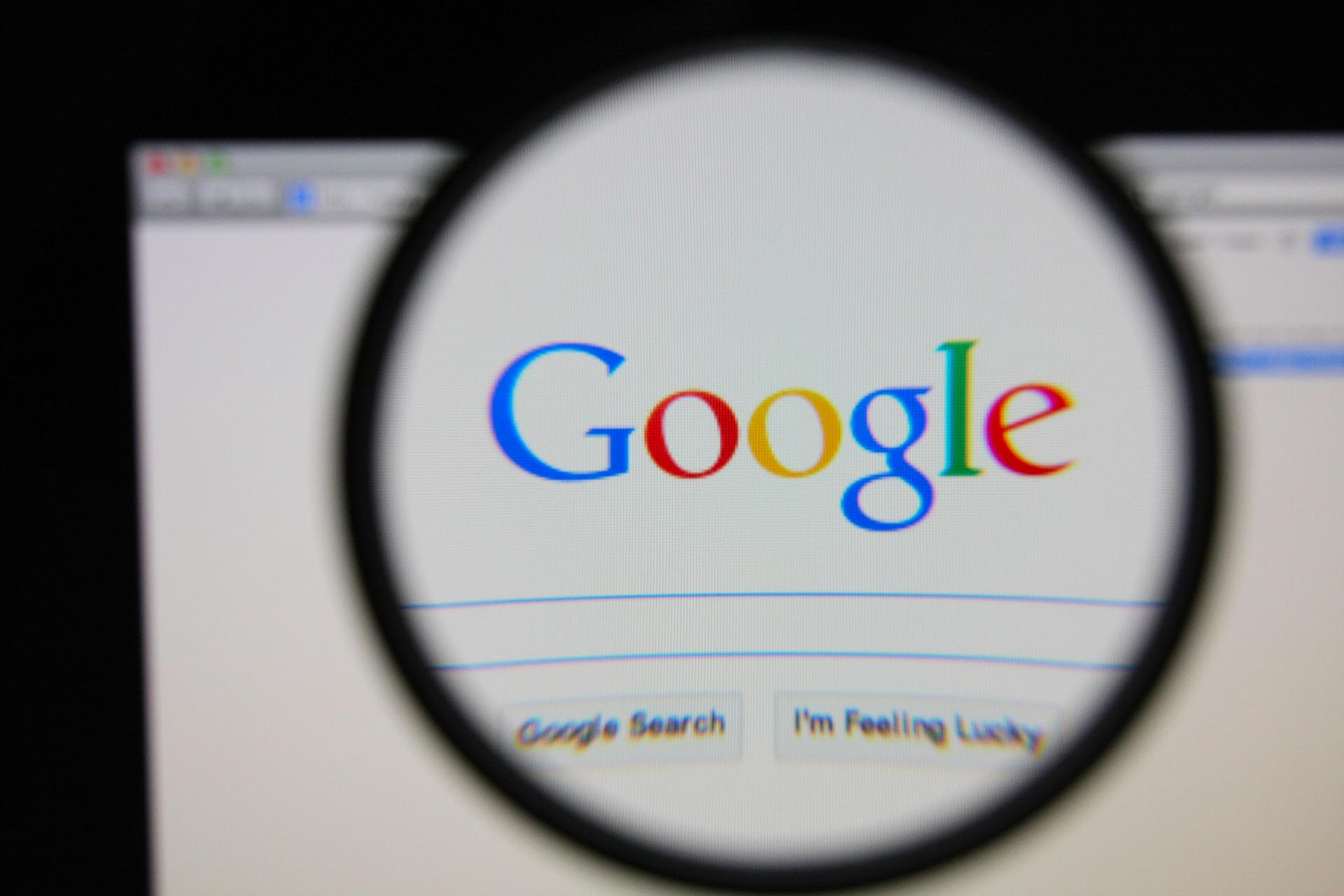
On August 26, Colin Kaepernick refused to stand during the singing of our national anthem, which is sung during the pre-game of every professional sporting event. Kaepernick also refused to stand, instead electing to take a knee, the following week before his team was set to play the San Diego Chargers. The reason Kaepernick is adamant about protesting the national anthem is because he sides with one certain aspect of social progression.
Kaepernick said, “I am not going to stand up to show pride in a flag for a country that oppresses black people and people of color.”
The stance Kaepernick is taking is one several athletes across the sports world have taken. In recent years racism has been believed to be the motivation behind several shootings involving cops. Other athletes that have protested also have more at stake than Kaepernick. Marketing agencies target athletes because of the multiple generations they can reach. Even Lebron James, the owner of LRMR marketing agency has protested similarly in the past.
That is the power of sports. That is the power an athlete can have, not to mention marketing agencies. If an athlete can inspire a consumer to buy a certain shoe, can he or she help change beliefs and opinions?
The reaction from the media has been swift in both directions. The far leaning right-minded will point out Kaepernick was wrong, while left-leaning individuals will point out Kaepernick had as much right to sit as any of us have voicing our opinions. Despite this, Kaepernick has yet to be dropped by any major sponsors. On each side a different reputation and character of man is debated and tossed around.
One thing is certain, Kaepernick has had his reputation tarnished as well as strengthened. To some he is a cavalier standing for justice of those he believes were unjustly killed. To others, he is a disrespectful, spoiled millionaire. This begs the internal question we all must ask ourselves. Do we stay true to ourselves or go with the flow?











